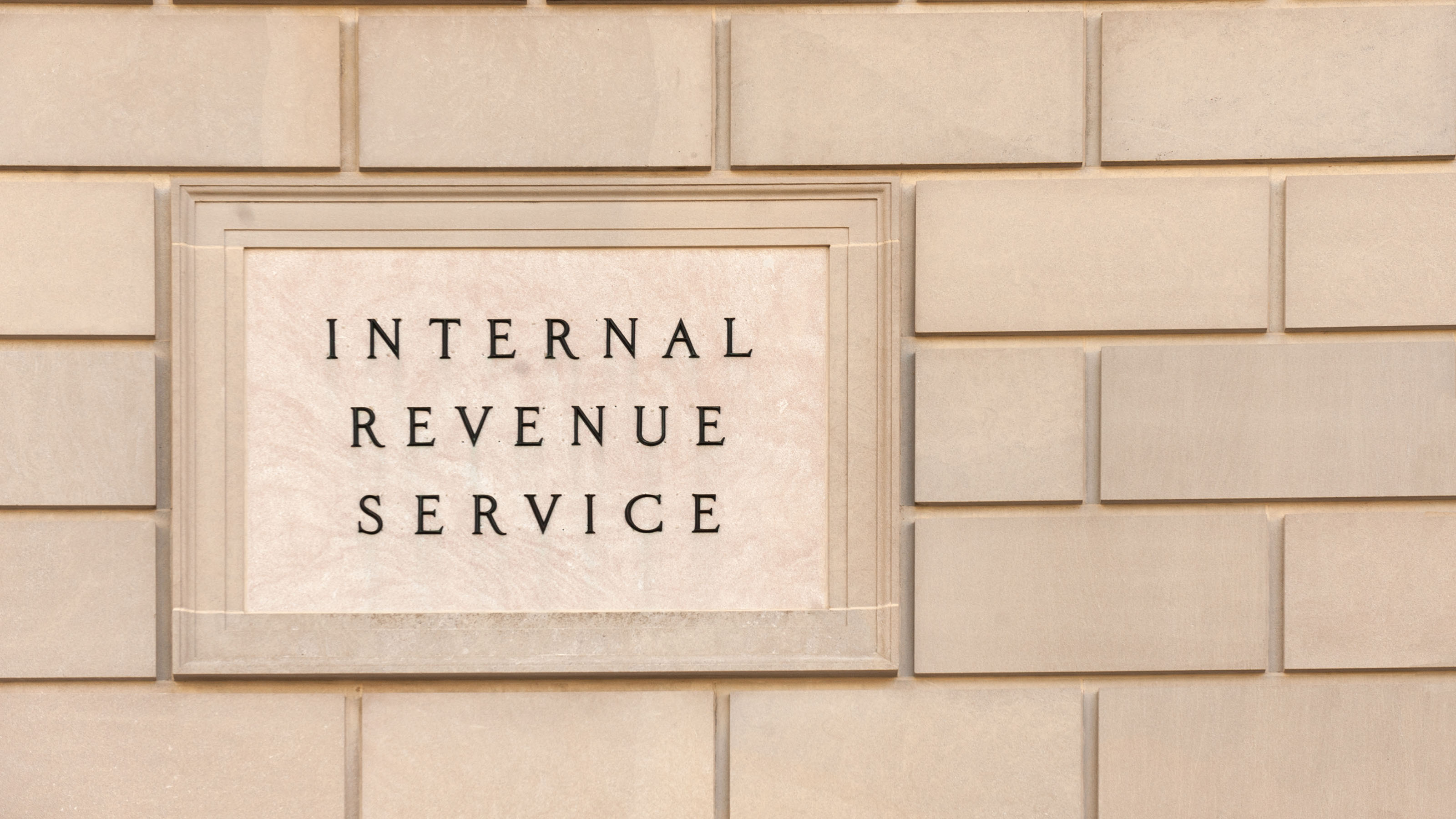9 Mutual Funds for Volatile Markets
It’s one of the golden rules of investing: Make a plan and stick with it.


It’s one of the golden rules of investing: Make a plan and stick with it. But when share prices head south (the risk of which increases as the bull market continues to age), many investors find it difficult to follow the prime directive. They panic and chuck their stocks at precisely the wrong time, when prices are down. One excellent defense against such boneheaded behavior: Cushion your portfolio against shocks with funds that keep you on track but offer a steadier ride. We have nine funds that can help you do just that.
All data is as of May 1. Sources: Morningstar, Thomson Reuters, Yahoo.

Balanced Funds
One of the easiest ways to cut risk is to trim your portfolio’s allocation to stocks. Most investors should have been doing that in recent years when they rebalanced their portfolios; in most years, that meant selling stocks, which performed well, and moving the proceeds into bonds, which did okay but not as well as stocks. But rebalancing isn’t always as simple as it seems to be. “Not only does it take time, but it also takes strong conviction to sell stocks when prices are rising, as they are today,” says Fran Kinniry, a principal in Vanguard’s Investment Strategy Group. That’s one reason he likes balanced funds, which typically hold 60% to 70% of their assets in stocks and the rest in bonds and do the rebalancing for you.
- NEXT: Our picks for steady balanced funds

Vanguard Balanced Index
- 1-Year Return: 9.7%3-Year Return: 10.9%5-Year Return: 10.4%Expense Ratio: 0.23%
- Vanguard Balanced Index (symbol VBINX) has a consistent record of above-average returns with below-average volatility. The fund keeps its mix steady: 60% in stocks and 40% in bonds. It does not invest in other Vanguard index funds. Rather, it directly holds stocks (3,354, at last report) and bonds (6,012) in an attempt to capture the performance of indexes that track the entire U.S. stock and bond markets. Over the past five years, the fund has been 14% less volatile than the typical balanced fund and 40% less jittery than Standard & Poor’s 500-stock index.

Fidelity Balanced
- 1-Year Return: 11.4%3-Year Return: 12.4%5-Year Return: 11.1%Expense Ratio: 0.56%
- Fidelity Balanced (FBALX), which is actively managed, has been slightly more volatile than Vanguard Balanced and has delivered slightly greater gains. Not surprisingly, the Fidelity fund holds more in stocks—nearly 70% of assets at last report. Robert Stansky, who leads the stock side of the portfolio, favors big companies but recently had nearly one-fourth of the fund’s stock assets in midsize firms. Pramod Alturi, Fidelity’s former chief economist, runs the bond portfolio. At last word, Balanced devoted 92% of its bond assets to high-grade debt, compared with 81% for the typical balanced fund.

Funds for Limiting the Ups and Downs
What if you could own stocks but suffer fewer of the market’s bumps? That’s the idea behind low-volatility exchange-traded funds, which typically home in on the steadiest stocks within a particular index. You give up some return—but, it turns out, not a lot.
- NEXT: Our picks for funds that minimize volatility

PowerShares S&P 500 Low Volatility
- 1-Year Return: 10.9%3-Year Return: 14.4%5-Year Return: --Expense Ratio: 0.25%
Since PowerShares S&P 500 Low Volatility (SPLV) launched in May 2011, the ETF has been 24% less volatile than the S&P 500 itself. But its 14.0% annualized return since inception is just an average of 0.5 percentage point per year shy of the gain of the S&P 500. The ETF tracks an index containing the S&P 500’s 100 least-volatile stocks over the previous 12 months. Stocks with the lowest volatility get the heaviest weighting in the index, which is revised once a quarter.

iShares MSCI Minimum Volatility Funds
A low-volatility strategy has worked even better overseas in recent years. For example, iShares MSCI EAFE Minimum Volatility (EFAV) and iShares MSCI Emerging Markets Minimum Volatility (EEMV) track subsets of indexes for developed foreign markets and emerging markets, respectively. Over the past three years, each fund has been 21% less volatile than the affiliated conventional index, but each has beaten its benchmark. The EAFE low-volatility fund edged the MSCI EAFE index by an average of 0.3 percentage point a year, and the emerging-markets ETF beat the MSCI Emerging Markets index by 2.0 points per year.
- iShares MSCI EAFE Minimum Volatility (developed foreign markets)1-Year Return: 9.5%3-Year Return: 12.0%5-Year Return: --Expense Ratio: 0.20%
- iShares MSCI Emerging Markets Minimum Volatility1-Year Return: 9.9%3-Year Return: 5.3%5-Year Return: --Expense Ratio: 0.25%

Alternatives Funds
If you expect turbulent markets, you want “to own things that will not look or act or feel like stuff you already own,” says Katherine Nixon, Northern Trust’s chief investment officer for wealth management. That’s where funds that use alternative strategies (merger arbitrage, for example) or invest in alternative asset classes (currencies and commodities) come in. Funds that hold many kinds of assets—foreign and U.S. stocks and bonds, currencies, commodities, and real estate investment trusts—work well in volatile markets, says Kristina Hooper, a U.S. investment strategist for Allianz Global Investors, because their managers can shift in and out of groups depending on what looks most attractive. But many of these funds are pricey. The typical multi-alternative fund charges 1.69% in annual expenses.
- NEXT: Our picks for alternatives funds.

William Blair Macro Allocation
- 1-Year Return: 7.0%3-Year Return: 9.6%5-Year Return: --Expense Ratio: 1.35%
- William Blair Macro Allocation (WMCNX) is a better deal than most. The fund, which can invest in different kinds of assets all over the globe, charges 1.35% a year. The managers, Thomas Clarke and Brian Singer, start with a big-picture assessment of the world; themes might include currency trends and political events and the way they will affect different asset classes. Then Clarke and Singer use ETFs to bet on or against a particular market or investment category. For example, last year they shorted the euro (that is, bet on its value falling), in part because of concerns about the possible exit of Greece from the euro zone. Over the past three years, the fund earned 9.6% annualized, which is modest compared with the S&P 500’s return of nearly 17% a year. But the fund has been 23% less volatile over the period and ranked in the top 4% of multi-alternative funds.

Merger Fund
- 1-Year Return: 1.9%3-Year Return: 2.9%5-Year Return: 2.8%Expense Ratio: 1.23%
- Merger Fund (MERFX) won't deliver the returns of the William Blair fund, but neither will you experience anything close to typical stock market volatility. In 2008, when the S&P 500 lost 37%, Merger lost just 2.3%. The fund, a member of the Kiplinger 25, invests in stocks of takeover targets after a deal has been announced. The goal is to capture the final bit of appreciation between the post-announcement price and the price at which the deal is consummated. Success depends little on the overall stock market and instead on investing in deals that actually go through.
In truth, Merger’s results have been underwhelming of late. Over the past five years, it returned 2.8% annualized. But it did so with 80% less volatility than the S&P 500. And performance should improve when interest rates rise. That’s because a typical deal is structured to return between two and five percentage points more than the yield on the 10-year Treasury bond, says comanager Roy Behren.

IQ Merger Arbitrage ETF
- 1-Year Return: 6.1%3-Year Return: 4.3%5-Year Return: 2.4%Expense Ratio: 0.76%
If you prefer an indexed approach to deal investing, consider IQ Merger Arbitrage ETF (MNA). It tracks an index that currently holds 41 stocks targeted in mergers and buyouts. Over the past five years, it has experienced about 60% less volatility than the S&P 500. And with an annual expense ratio of 0.76%, it’s about a half-percentage point cheaper than Merger Fund. Over the past five years, IQ trailed Merger Fund slightly, but its 6.1% return over the past year tops Merger’s gain by 4.2 percentage points.

IQ Hedge Multi-Strategy Tracker ETF
- 1-Year Return: 3.9%3-Year Return: 4.1%5-Year Return: 3.4%Expense Ratio: 0.91%
Have you had a hankering to invest in hedge funds but been turned off by exorbitant fees and the occasional blowup? The next best thing may be IQ Hedge Multi-Strategy Tracker ETF (QAI), which seeks to track popular hedge-fund strategies by buying and selling short other ETFs. The 0.91% expense ratio is high for an ETF, but it’s a lot less than the typical hedge-fund charge of 2% of assets annually and 20% of the profits. Over the past five years, IQ gained 3.4% annualized, but it did so with only 60% of the S&P 500’s volatility.
Profit and prosper with the best of Kiplinger's advice on investing, taxes, retirement, personal finance and much more. Delivered daily. Enter your email in the box and click Sign Me Up.

Nellie joined Kiplinger in August 2011 after a seven-year stint in Hong Kong. There, she worked for the Wall Street Journal Asia, where as lifestyle editor, she launched and edited Scene Asia, an online guide to food, wine, entertainment and the arts in Asia. Prior to that, she was an editor at Weekend Journal, the Friday lifestyle section of the Wall Street Journal Asia. Kiplinger isn't Nellie's first foray into personal finance: She has also worked at SmartMoney (rising from fact-checker to senior writer), and she was a senior editor at Money.
-
 5 Types of Gifts the IRS Won’t Tax: Even If They’re Big
5 Types of Gifts the IRS Won’t Tax: Even If They’re BigGift Tax Several categories of gifts don’t count toward annual gift tax limits. Here's what you need to know.
-
 The 'Scrooge' Strategy: How to Turn Your Old Junk Into a Tax Deduction
The 'Scrooge' Strategy: How to Turn Your Old Junk Into a Tax DeductionTax Deductions We break down the IRS rules for non-cash charitable contributions. Plus, here's a handy checklist before you donate to charity this year.
-
 IRS Says You Made a Tax Return Mistake? A New Law Could Help You Fight Back
IRS Says You Made a Tax Return Mistake? A New Law Could Help You Fight BackTax Law Updated taxpayer protections change what the IRS must explain on error notices and how long you have to respond.
-
 The 24 Cheapest Places To Retire in the US
The 24 Cheapest Places To Retire in the USWhen you're trying to balance a fixed income with an enjoyable retirement, the cost of living is a crucial factor to consider. Is your city the best?
-
 How Inflation, Deflation and Other 'Flations' Impact Your Stock Portfolio
How Inflation, Deflation and Other 'Flations' Impact Your Stock PortfolioThere are five different types of "flations" that not only impact the economy, but also your investment returns. Here's how to adjust your portfolio for each one.
-
 Why I Still Won't Buy Gold: Glassman
Why I Still Won't Buy Gold: GlassmanOne reason I won't buy gold is because while stocks rise briskly over time – not every month or year, but certainly every decade – gold does not.
-
 Should You Use a 25x4 Portfolio Allocation?
Should You Use a 25x4 Portfolio Allocation?The 25x4 portfolio is supposed to be the new 60/40. Should you bite?
-
 Retirement Income Funds to Keep Cash Flowing In Your Golden Years
Retirement Income Funds to Keep Cash Flowing In Your Golden YearsRetirement income funds are designed to generate a reliable cash payout for retirees. Here are a few we like.
-
 Smart Ways to Invest Your Money This Year
Smart Ways to Invest Your Money This YearFollowing a red-hot run for the equities market, folks are looking for smart ways to invest this year. Stocks, bonds and CDs all have something to offer in 2024.
-
 10 2024 Stock Picks From An Investing Expert
10 2024 Stock Picks From An Investing ExpertThese 2024 stock picks have the potential to beat the market over the next 12 months.
-
 Vanguard's New International Fund Targets Dividend Growth
Vanguard's New International Fund Targets Dividend GrowthInvestors may be skittish about buying international stocks, but this new Vanguard fund that targets stable dividend growers could ease their minds.
